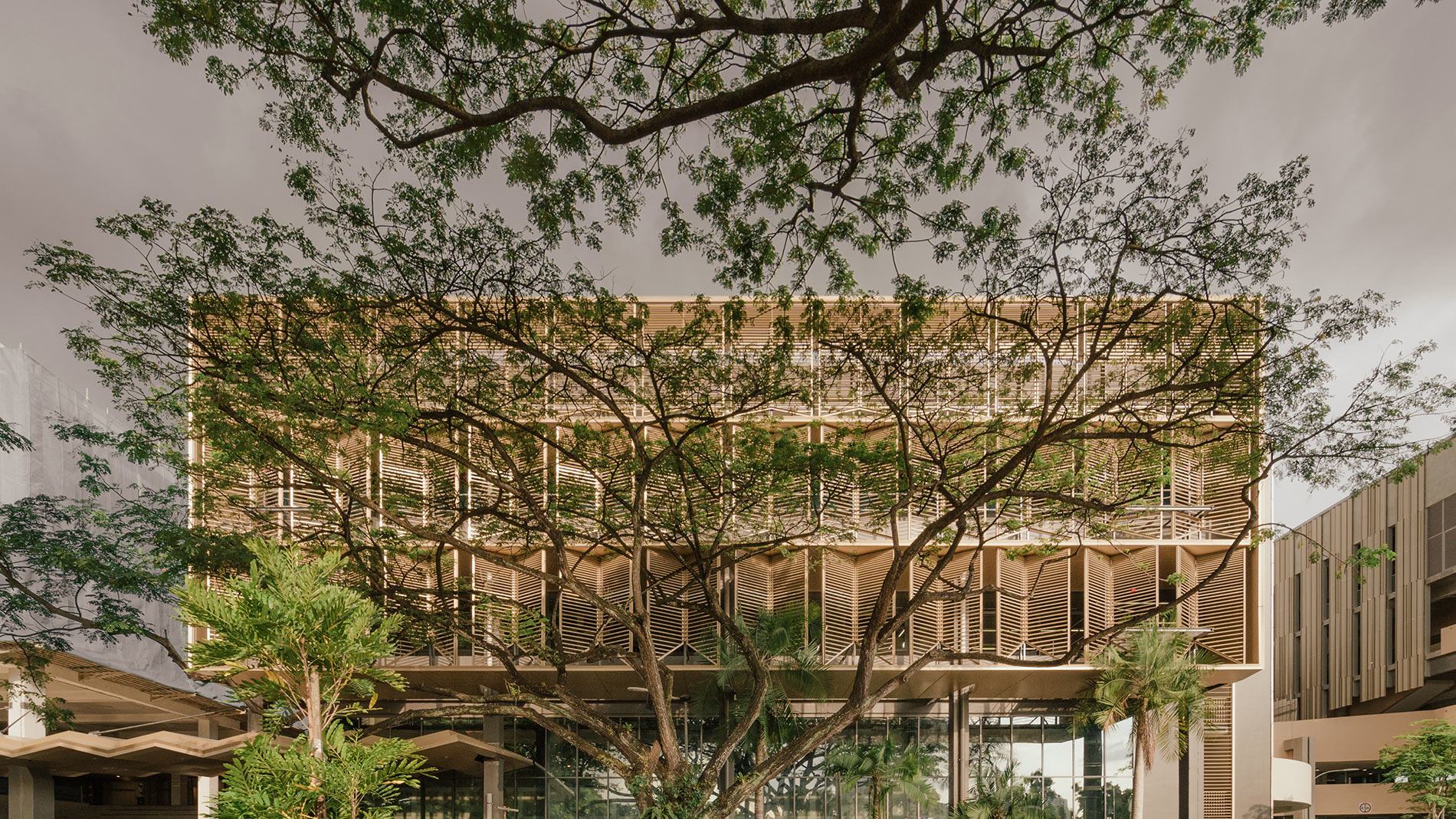Graduate Research Symposium 2023

History and Theory
Time: 12:00PM – 13:40 PM
Venue: Seminar Room 07, SDE3 Floor4
Reviewers: Kah Wee Lee
Speakers:
SUN ZHIJIAN
CHINA’S TWO TROPICAL ARCHITECTURE: THERMAL TECHNO-POLITICS, BUILT ENVIRONMENT AND SOCIALIST WORLD-MAKING IN SOUTHERN CHINA AND GLOBAL SOUTH
Abstract: This paper seeks to position socialist China in the context of global socialism under the Cold-War politics. It examines how the thermal techno-politics of China and Soviet-bloc’s socialist tropical architecture differently reconfigured thermal exchanges between the environment, human body and a series of other multi-scalar things in the decolonizing Africa during the 1950s−1980s. Drawing on the theories of thermal material culture, techno-politics and science and technology studies (STS), it constructs a cross-cultural comparison between China and Soviet-bloc, aiming to achieve a more nuanced techno-political understanding of mid-late twentieth century transnational socialist architecture in the tropical Global South. It also hopes to contribute to recent scholarship about thermal comfort and governance in the context of climate change.
LUK YING XIAN
IN SEARCH FOR IN-BETWEENNESS: MODERN ARCHITECTURAL DEVELOPMENT IN PORTUGUESE MACAU, 1933-1974
Abstract: Despite Docomomo’s salience in its global advocacy for Modern architectural conservation, impeding its march are rooted beliefs that age and aesthetics define a building’s worth. Macau, a backwater-turned-phantasmagorical gambling mecca of the East, is no exception. Enshrouded in its postmodern glitz and perduring romanticism of colonial aesthetics is its mundane, neglected in-betweenness: Modern architecture. The lacuna in literature on Macanese Modernism, not to mention the ‘naval gazing’ tendencies of Lusophone scholarship, calls for new research directions that (re-)situate Macau within regional and global architectural discourses. Focussing on architectural development during the Estado Novo regime (1933-1974), a period which saw the fledge and flight of Modernism, this historical research examines how the North-South divide in Portuguese architectural philosophy plays out in Macau. Research findings shall then be compared to Portuguese Angola and Mozambique, where a rich body of literature already exists, to understand how Modern architectural development in former Portuguese colonies helps propagate national narratives championed by the State.
Finally, the research investigates the influence of British Hong Kong on Modern architectural production in Macau, given their symbiosis for over a century. Archival materials shall be retrieved from Macau, Hong Kong, and Portugal, with textual analysis performed to validate the credibility of the data. A fine-grained understanding of Macanese Modernism lays the foundation for sustainable architectural heritage management in Macau, with research findings potentially transferable to other (sub-)tropical Asian cities. It also value-adds ongoing discourses on critical regionalism, demonstrating how glocalised identities can arise despite the homogenising tendencies of Modernism.
NIE JIARONG
URBAN VILLAGE IN SHENZHEN: AN OPTIONAL CHOICE FOR PUBLIC HOUSING PROVISION?
Abstract: Housing affordability is a significant issue in many megacities, notably in Shenzhen, where the house price-to-income ratio is 36.5, the highest in China However, there is an extreme inequality in housing allocation in Shenzhen. Of the existing housing units, more than 50% are in urban villages (UVs), while 17% are commercial housing, 17% are factory dormitories, and 10% fall into other categories. Many suggest that UV dwellings could be a potential resource for public housing development. However, there is a research gap regarding whether it addresses the inequality in housing provision, given its specific ownership structure. To address the gap, this study aims to explore the feasibility of using urban village housing for public housing provision, focusing on three research questions: 1) What is the rationale behind the ownership of UV dwellings? 2) Within this ownership structure, what role can UV dwellings play in public housing provision? 3) How can these dwellings be practically integrated into public housing provision? The argument presented is that: 1) UV dwellings exhibit partial characteristics of public housing. 2) Without adjustments to ownership policies, housing inequality may persist regardless of whether they are included in the public housing provision scheme.
This study employs historical-comparative analysis and geospatial data analysis. The findings may provide a better understanding of the existing system in Shenzhen and give a valuable recommendation for future policy design.
QIAO RUNZE
DUO DANCE: SINGAPORE’S URBAN PLANNING FOR PRODUCTIVITY AND SOCIETY STABILITY SINCE 1990
Abstract: Singapore is constantly striking a sustainable balance between economic progress and societal stability, as shown by the city’s two diverse planning logics: One concentrates on the construction of spatial carriers to boost productivity; The other is characterized by the appliance of the township model to approach societal concerns. This dissertation, based on the identification of two logics, aims to investigate the historical interaction between the two logics since 1990 by answering a question: With Singapore’s limited land provision, how do the two planning logics coordinate with each other in terms of space, policy, and institution? To this end, a combination of qualitative research methods, including historical analysis, case studies, interviews, and observations, serve as the primary approaches for their capacity to explore the complexities of the phenomenon under investigation. Additionally, quantitative methods will be incorporated as valuable supplementary tools to illustrate the city’s overall changes over phases.
This research argues that the introduction of planning for productivity since the 1990s imbalances Singapore’s urban development characterized by self-sufficiency, causing sets of social concerns resulting in the evolvement of township planning. In today’s restructuring globalization, Singapore’s uniqueness underscores the research’s significance by illustrating how to seize the opportunity for industrial upgrading while concurrently ensuring societal stability within constrained land resources, how to harmonize the delicate equilibrium between the market and the state through the pivotal role of urban planning, and how to navigate the intricate terrain of balancing long-term sustainability and short-term efficiency in the context of urban development.